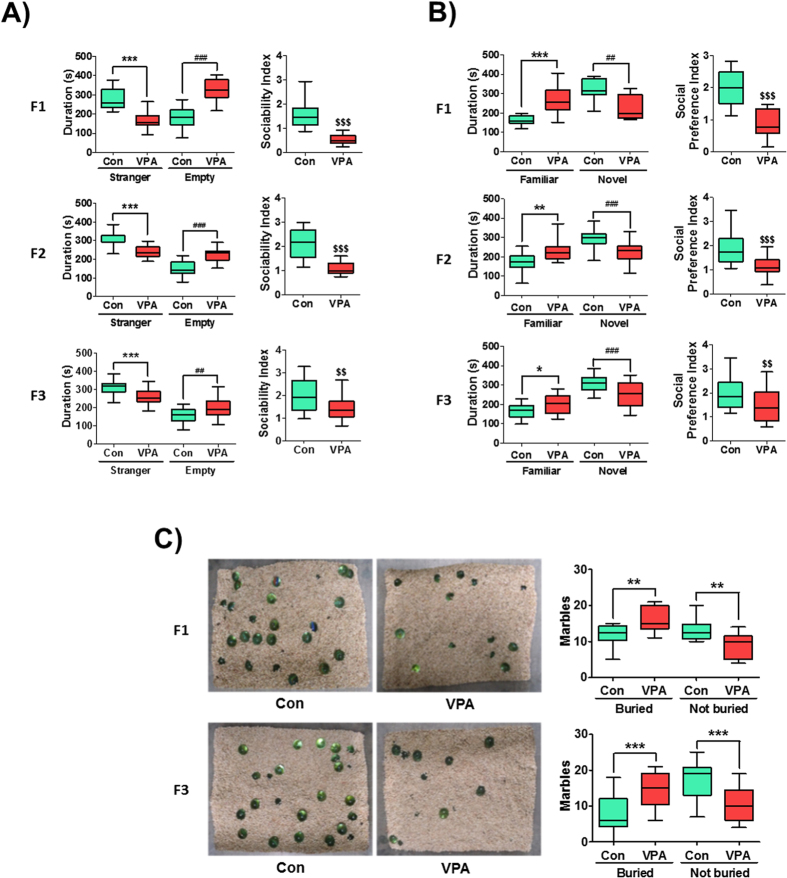Figure 3. Transgenerational effect of ASD-like behaviors in VPA-exposed mice.
(A) VPA exposure reduced the sociability of F1, F2 and F3 mice. The duration of stay (left panel) in stranger 1 (S1) side and empty side was shown in the graph. Sociability index (SI, right panel) was calculated as the ratio of time spent in stranger 1 side over empty side. ***p < 0.001 vs. control groups in S1 side; ##p < 0.01, ###p < 0.001 vs. control groups in empty side; $$p < 0.01, $$$p < 0.001 vs. control groups in SI as revealed by post-hoc Bonferroni’s comparisons (F1: n = 15 for Con and 17 for VPA; F2: n = 15 for Con and 20 for VPA; F3: n = 29 for Con and 20 for VPA; all mice were randomly selected from 6 litters per group and per generation). (B) VPA exposure reduced the social preference in F1, F2 and F3 mice. The duration of stay in familiar side (stranger 1, S1) and novel side (stranger 2, S2) was shown in the graph. Social preference index (SPI, right panel) was calculated as the ratio of time spent in S2 side over S1 side. *p < 0.05, **p < 0.01, ***p < 0.001 vs. control group in S1 side; ##p < 0.01, ###p < 0.001 vs. control groups in S2 side; $$p < 0.01, $$$p < 0.001 vs. control group in SPI as revealed by post-hoc Bonferroni’s comparisons. The animals used for this experiment is the same with the sociability test. (C) VPA exposure increased the repetitive behaviors in F1 and F3 mice as determined by the marble burying test. **p < 0.01, ***p < 0.001 vs. control group in each generation as revealed by post-hoc Bonferroni’s comparisons. (F1: n = 10 for Con and 9 for VPA; F3: n = 20 for Con and 20 for VPA; all mice were randomly selected from 6 litters per group and per generation).

